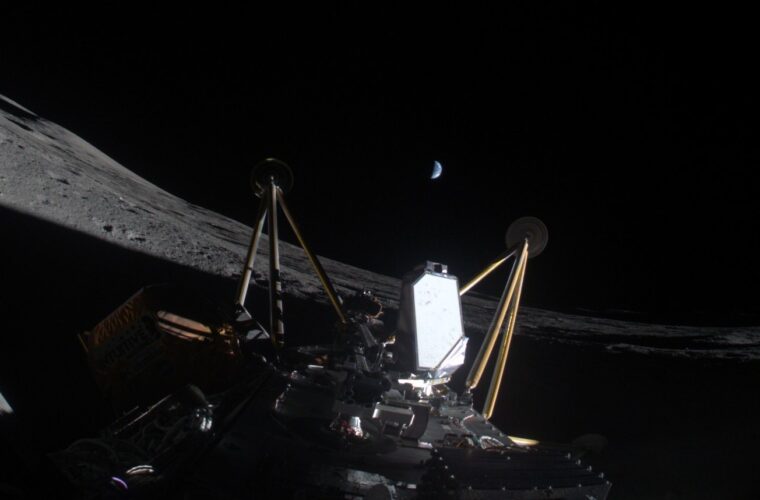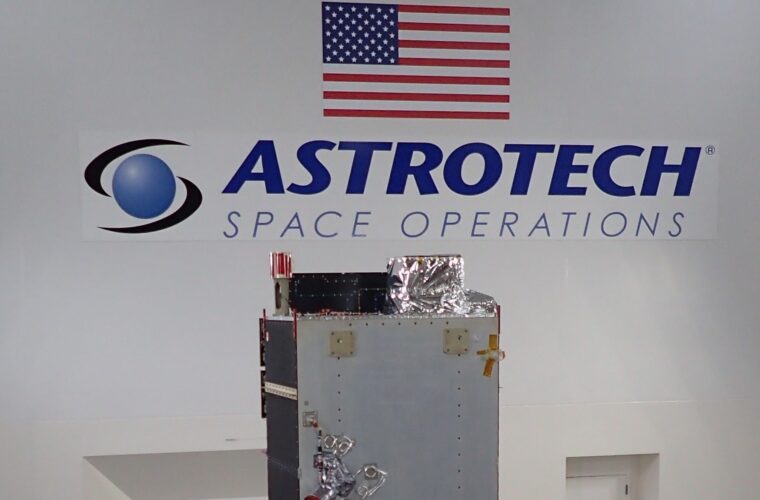It will be built by Space Entertainment Enterprise together with Axion Space and will allow films, TV show, sporting events and music to be shot as we have never seen them before
A space movie will soon no longer be a figure of speech to praise a big screen title, but a specification to show where the feature film was made. Launching the cinema into orbit will be SEE-1, the production studio flanked by a sports arena where scenes will be shot for films, TV show, music and sporting events, some of which will also be available via live streaming. This is an unparalleled module, which should have a spherical shape and a diameter of 6 meters, although it has not been specified whether it will be able to host spectators (paying audience, of course), an option that is as unlikely as it is hoped by its creators. The studio will be built by Space Entertainment Enterprise, a media company based in London, which was created to inaugurate space entertainment in multiple formats and multiple platforms. The construction of SEE-1 will be carried out by Axiom Space, winner of the tender to build the first private space station in partnership with NASA.

According to current plans, construction is scheduled to be completed by 2024, with the company aiming to launch the module to the ISS by docking it to Axiom Station, a segment designed to be used for both space tourism and other revenue-generating applications, which is set to detach from the commercial space station in 2028. Behind the project are Dmitri and Elena Lesnevsky, a couple who have been active in the film industry for years. Founder and general manager of REN-TV, a television channel sold to the RTL group in 2005, the man repeated the success with Das Vierte, another German TV channel acquired by Disney in 2012, while also dedicating himself to film production. In addition to following her husband, she helped found Ren Film Ltd, a company dedicated to film production. In order to succeed in this ambitious but complicated project, the couple hired industry experts such as Mark Taffet (HBO executive for 25 years and head of the pay-per-view model) and Richard Johnston, former CEO of Endemol Shine UK.
The potential is enormous, although it is a frontier still to be explored, which is why there is no lack of skepticism. But there is no skepticism in the vision of those who consider space a means for business. “SEE-1 will showcase and exploit the space environment in an unprecedented way,” said Axiom chief engineer Dr. Michael Baine. “The design of the inflatable module provides approximately six meters in diameter of unobstructed pressurised volume that can be adapted to a range of activities, including a state-of-the-art on-board media production capability that will capture and convey the experience of weightlessness with breathtaking impact.” Richard Johnston, SEE Chief Operating Officer, on the other hand, points to the ability to deliver never-before-seen content. “From Jules Verne to Star Trek, science fiction entertainment has inspired millions of people around the world to dream about what the future might bring. Creating a next-generation entertainment venue in space opens countless doors to create incredible new content and make those dreams a reality.”

Tom Cruise is expected to christen the SEE-1 production studio. After Mission: Impossible 8, he will focus on the film, which will include some scenes shot on the International Space Station (and others on a rocket), with a budget of more than $200 million. It is no coincidence that Space Entertainment Enterprise and Universal Pictures are producing the film of the former Top Gun. However, they will not be able to boast of having shot the first film in space, a title given to The Challenge, shot by Russian director Klim Shipenko, who spent 12 days on board the Space Station together with his compatriot actress Yulia Peresild. Who knows, then, that we may find ourselves witnessing another US-Russian battle for the conquest of space. We will only find out later, also because Space Entertainment Enterprise has not provided information on the costs of the project, clarifying instead that it is looking for investors to start work.



